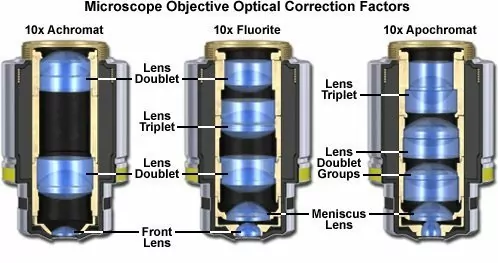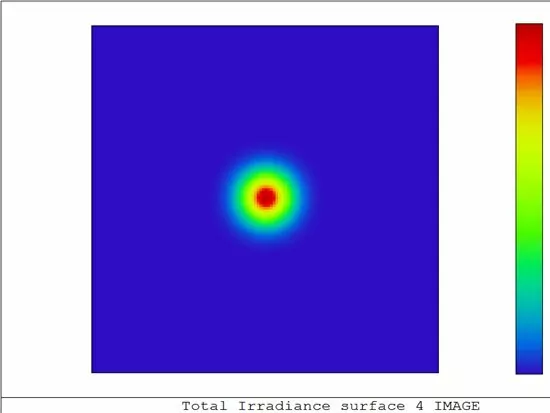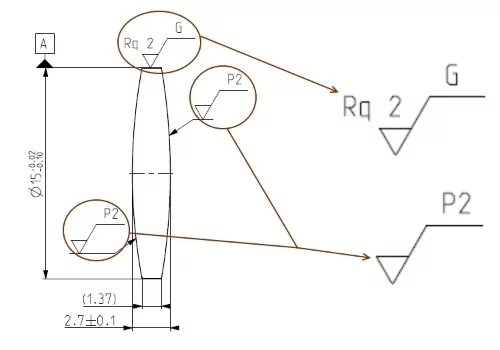Understanding objective lenses

Introduction In previous entries, we have talked about the design of scanning microscopes, infinity corrected microscopes, confocal microscope design, and Koehler illumination systems-a common illumination system in microscopes. The most essential microscope element in a borescope design is the objective lens. Microscope objective lenses are a crucial part of a microscope, responsible for magnifying the […]
Laser Beam Homogenizer: Ensuring Uniformity in Laser Applications

Introduction Laser beam homogenization is a pivotal technique in laser optics that aims to improve the uniformity and consistency of laser beams. In many laser applications, such as material processing, lithography, and medical treatments, the spatial intensity distribution of the laser beam plays a crucial role in determining the quality and precision of the results. […]
Mastering Optics Production Drawings: A Comprehensive Guide to ISO 10110 Standards

Introduction Optics production drawings play a pivotal role in the manufacturing process of optical components, devices, and systems. These drawings serve as detailed blueprints that guide engineers, technicians, and manufacturers in fabricating precise and high-quality optical products. Here’s an overview of their importance: 1. Accuracy and Precision: Optics production drawings provide precise specifications, including dimensions, […]
Surface texture requirement in optical drawings

In our previous article, we discussed how to read optical drawings while in this installment, we will focus on surface finish details. Optical lens performance can be heavily affected by the lens surface roughness. The surface texture symbols are used in optical drawings to define a lens’s necessary surface finish and roughness and will the […]
Introduction to Interferometers, theory and design types

Introduction to interferometry Interferometers are a family of optical systems that can be customized for a range of applications such as sensors to identify pathogens, detect liquid modifications due to pollutants or oxygen depletion, or aberrations caused by the atmosphere. This is a short introduction to interferometers. We will review their historical background, basic principles […]
Mastering Spot Diagrams: Analyzing Optical System Quality | OFH

Introduction to Spot Diagrams As optical engineers, we use different tools and techniques to evaluate the performance of an optical design when simulating the system in a ray tracing program. One of those tools are spot diagrams. They may be a little bit confusing to use at first but are an excellent way to communicate […]